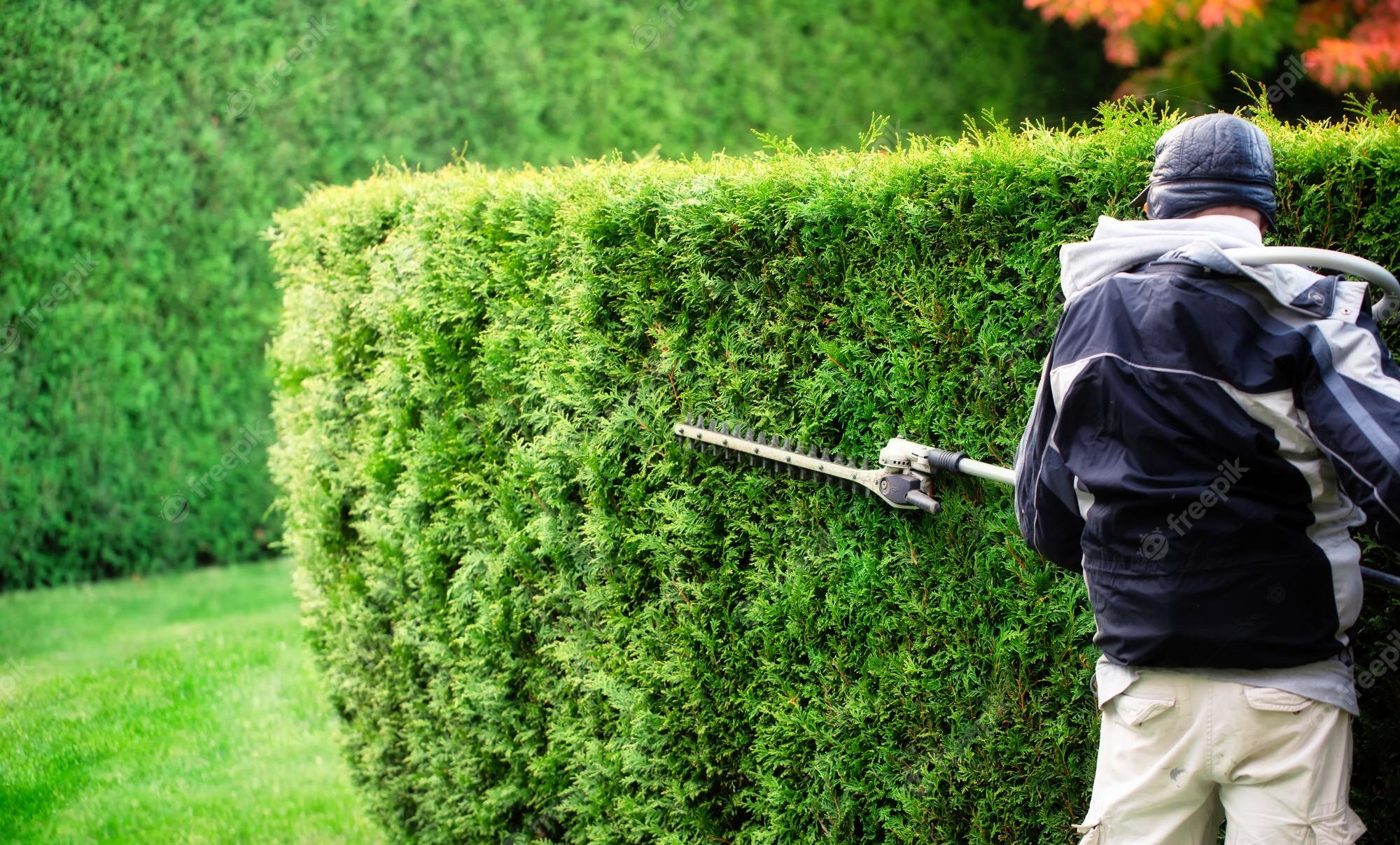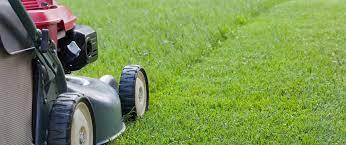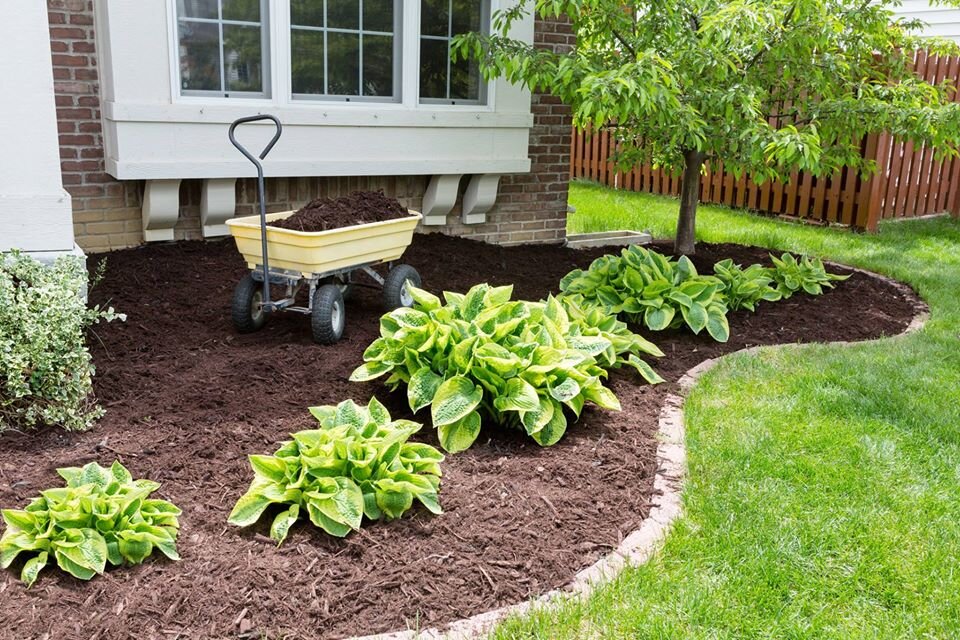Hedges serve as great landscape elements, but they require regular maintenance to look their best. Apart from the occasional watering and weeding, they need trimming to keep them in shape. Trimming your hedges is essential not only for the aesthetic value but also for the health of the plants themselves. You must know when and how to trim your hedges to maintain their shape and promote healthy growth. In this blog, we’ll cover all you need to know about hedge trimming.
When to Trim Your Hedges
Timing is crucial when it comes to hedge trimming. The best time to trim them depends on the type of hedge you have. For deciduous hedges, it’s best to trim them in late winter or early spring when they’re still dormant. You wouldn’t want to wait too long as it may encourage new growth too soon before spring when temperatures are still too low. For evergreen hedges, the best time to trim is in late summer or early fall. This timing allows the plants to recover and regrow before winter.
How to Trim Your Hedges
When it comes to trimming your hedges, there are some important techniques you should consider. First, ensure your hedge trimmers or shears are sharp, clean, and well-lubricated. Dull blades make trimming harder and can damage the hedge. When trimming, make sure to cut at a slight angle to allow water to run off and to ensure that the cut point is not exposed to moisture. This will prevent fungal infections. Lastly, avoid cutting too deep into the limbs as you can leave them susceptible to disease.
How Much to Trim Your Hedges
Before jumping into trimming, it’s essential to decide how much you need to remove. Overtrimming can damage the hedge’s shape and cause sparse growth. A good rule of thumb is to trim up to a third of the new growth that has occurred since the last trim. If you’re unsure about how much to trim, it’s always best to err on the side of caution and trim a little less than you think you should.
Common Mistakes to Avoid
Trimming your hedges requires care and attention to details. One common mistake is leaving the top too flat, which makes it difficult for sunlight to reach the lower parts of the hedge. The lower part of the hedge may become thin or bare when not exposed to sunlight. Also, it’s essential to make sure that you’re cutting the entire width of the hedge to avoid damaging the branches. Lastly, avoiding trimming when the temperature is too high as this can cause additional stress to your plants.
Conclusion
Hedge trimming is an essential part of maintaining a beautiful garden. Proper trimming promotes healthy growth and gives your landscape elements their aesthetic appeal. Knowing when and how to trim your hedges – along with understanding how much to trim – is essential in creating beautiful, thriving hedges. By avoiding common mistakes, you can ensure your hedge stays healthy, lush, and in shape. With these hedge trimming tips and techniques, you can take good care of your garden and keep it looking stunning all year round!
Professional hedge trimmers are trained in proper techniques, ensuring precise and balanced trimming. Their experience helps maintain the hedge’s health, shape, and aesthetic appeal.
Professionals at Leave It To Luke understand the specific needs of different hedge types. Improper trimming can stress plants, leading to disease, pest infestations, or uneven growth. Experts ensure that the hedge remains healthy and vibrant




